For his 2009 book, author Ron Schick juxtaposed the painting “Going and Coming” (1947) with the photograph Rockwell used to create it.
With over 4,000 works created over his career, Norman Rockwell was both prolific and wildly successful. His art pieces famously graced the cover of The Saturday Evening Post for four decades, and his paintings have inspired countless other artists, filmmakers and musicians the world over. But did you know that much of his work was actually based on photography?
A new exhibit at the Brooklyn Museum dubbed Norman Rockwell: Behind the Camera examines Rockwell’s use of photographs in creating some of the most iconic American images of the 20th century.
Bringing together over 20,000 of Rockwell’s negatives, the exhibit tells the story of what went on behind the scenes of his famous paintings. For example, few people realize that many of the figures in Rockwell’s work — the family on vacation in “Going and Coming,” the forlorn bat boy in “The Dugout” — were actually real people he used to capture a naturalness not possible with actors or models.
Rockwell was as meticulous a photographer as he was a painter, and this strict attention to detail is one of his hallmarks. By setting up specific scenes and image-stories in his photographs, Rockwell was able to paint things precisely as he saw them. If you’ve ever caught yourself staring at a Rockwell painting and admiring how authentic it looks, that’s because it probably came from a real scene.
As a press release from the Rockwell Museum puts it, “photography opened a door to the keenly observed authenticity that defines Norman Rockwell’s art.”
To see Rockwell’s intriguing combination of photography and painting, check out Norman Rockwell: Behind the Camera at the Brooklyn Museum in Brooklyn, New York, through April 10, 2011, and at the George Eastman House – Int’l Museum of Photography & Film, in Rochester, NY, from June 25, 2011 through Sept. 17, 2011.

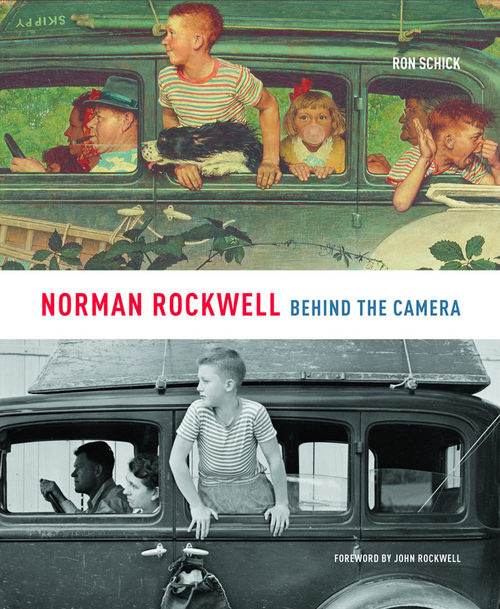


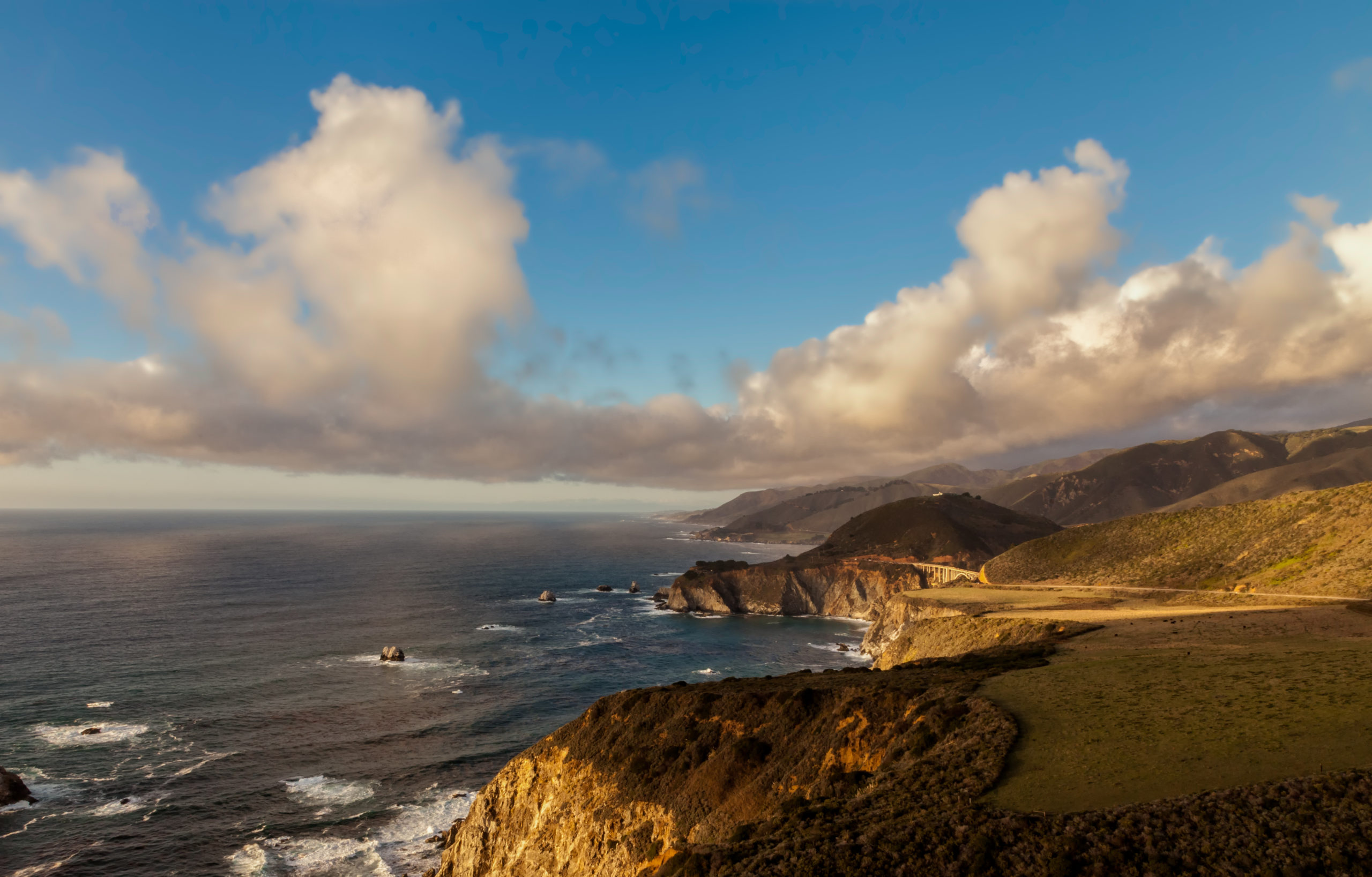
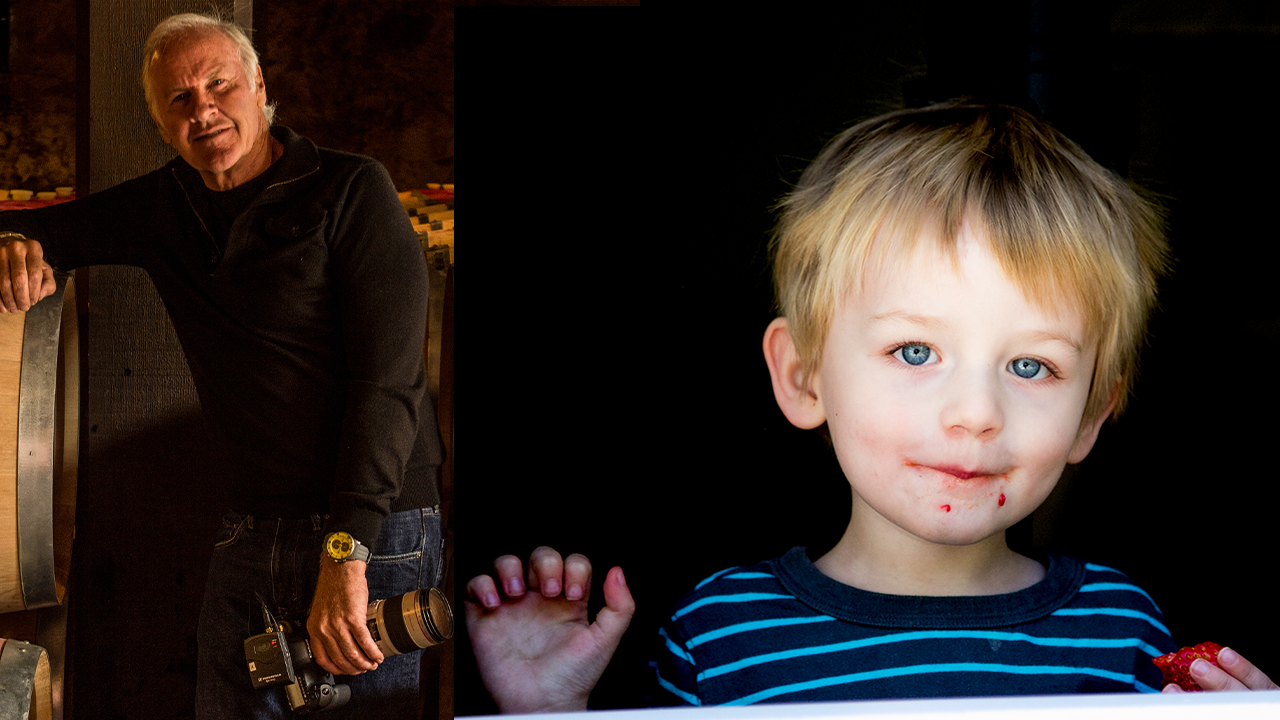
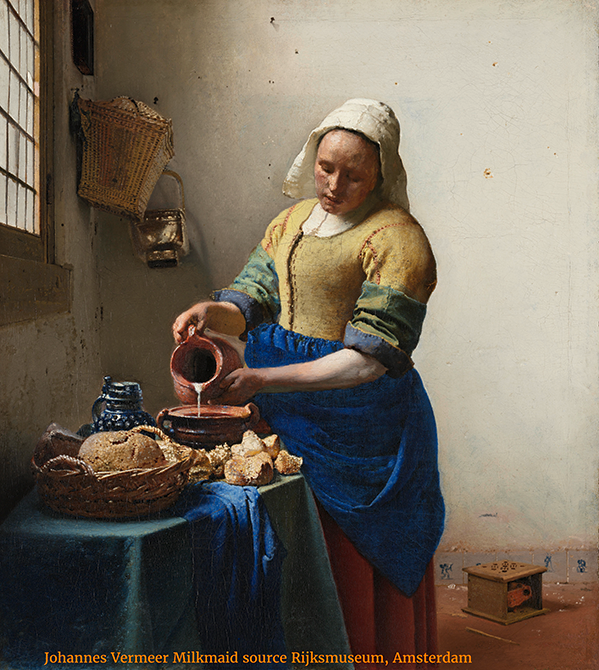
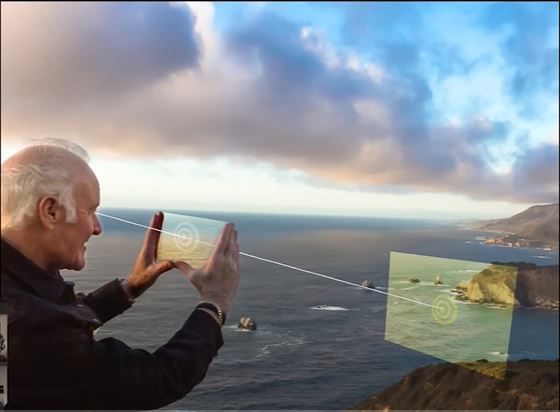

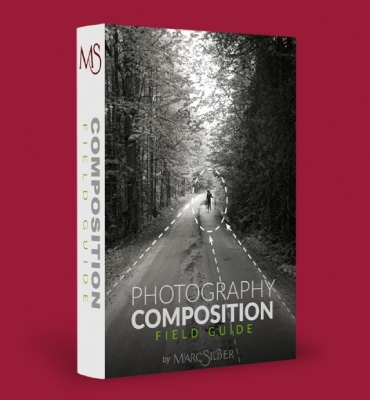
this is awesome thanks for listening
He draws such funny photos!
Great, cool and a bit retro. these are really good.
look at my website and help me put some cool new pictures
http://ohsnapppp.weebly.com/index.html